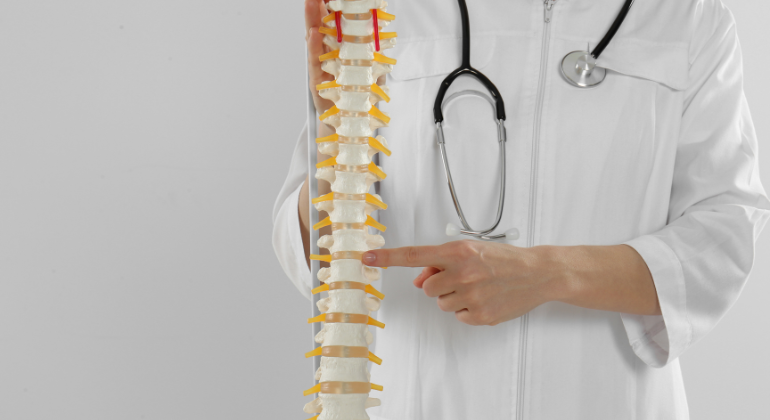Digestive issues have quietly become one of the most common chronic health concerns. Almost every second person complains of bloating, gas, acidity, or constipation—sometimes all in the same week. We often blame our diet, a sedentary lifestyle, or mental stress. But what if the root cause is structural, rather than just chemical or emotional?
At Painflame, we see a pattern among patients who come in with long-standing digestive issues that haven’t improved with diets, supplements, or even medications. Many have tried everything—yet their gut still feels out of sync. What’s surprising is that for a significant number of these people, the answer lies in a place no one was looking: their navel.
Navel displacement, or misalignment of the belly button from its natural center, might sound odd at first—but it’s a real, physical condition that can disturb your digestive system more than you think. In this in-depth blog, we’ll unpack the connection between navel displacement and digestive issues, and how our integrative approach at Painflame helps patients regain core alignment—and gut health.
Navel Displacement and Digestive Issues
What Is Navel Displacement?
Navel displacement, also referred to as Nabhi Dosh in traditional Indian healing systems, occurs when the umbilicus (navel) shifts from its anatomical center. The shift may occur upward, downward, to the left or right—or diagonally. It can be subtle or more pronounced, but even a slight shift can create imbalances that affect posture, movement, and digestion.
From a musculoskeletal perspective, the belly button is surrounded by a group of muscles and fascia that are deeply connected to the diaphragm, intestines, spine, and pelvis. This region is home to the solar plexus and contains a dense cluster of autonomic nerve endings that regulate gut function. When the navel moves out of place, it pulls on surrounding tissues and can restrict or overstimulate these areas.
Why Is This a Digestive Problem?
Your gut isn’t just a tube—it’s a living, breathing system that needs muscular movement, nerve signals, and blood flow to function. Navel displacement disturbs all three:
- It affects peristalsis, the wave-like muscle movements that push food along the intestines
- It restricts diaphragmatic movement, making digestion sluggish
- It may compress or irritate nerves that control the stomach and intestines
For example, someone with a shifted navel may notice they get bloated easily—even after light meals. Others may feel tightness near the belly button when bending or twisting. Over time, these small disturbances can become chronic digestive problems.
The Subtle Energy Connection
In Ayurveda and yoga, the area behind the navel is home to the Manipura Chakra—the energetic center associated with digestion, transformation, and personal power. When the navel is off-center, this chakra is said to be imbalanced, leading not just to physical symptoms like indigestion, but also emotional issues like anxiety, irritability, or feeling “disconnected” from oneself.
Causes of Navel Imbalance Linked to Digestion

Navel displacement doesn’t always happen suddenly. In many cases, it develops gradually due to repetitive strain, poor body mechanics, or emotional stress held in the abdominal region.
1. Lifting Heavy Objects
Incorrectly lifting weights—either at the gym, home, or even carrying a child—can apply uneven pressure to the abdominal wall. If the core muscles aren’t engaged or strong enough, this force can shift the navel out of place. It’s more common in people who skip proper warm-ups or have weak pelvic stability.
2. Sudden Twisting or Jerking Movements
Activities like turning quickly, jumping, slipping on stairs, or even sneezing in an awkward posture can trigger misalignment. This is especially likely if the body is already under stress or muscle fatigue.
3. Chronic Poor Posture
Sitting for long hours with a rounded back, leaning forward while walking, or sleeping in odd positions can create muscular imbalances in the core. Over time, this imbalance can drag the navel off-center, especially if not corrected through movement or therapy.
4. Weak or Uncoordinated Core Muscles
Your abdominal region isn’t just your six-pack—it includes deep muscles like the transversus abdominis, obliques, pelvic floor, and diaphragm. If these muscles are weak or out of sync, they can’t maintain internal balance. This is a major factor in postpartum women or people who haven’t done core training in years.
5. Emotional Stress Stored in the Body
The abdomen is highly sensitive to emotional energy. Under chronic stress, the diaphragm and abdominal wall tighten. This muscular contraction can, over time, contribute to navel misalignment—especially when combined with physical tension or trauma.
Symptoms of Digestive Disruption from Navel Shift
The signs of navel displacement often mimic other conditions like IBS, acidity, or gastritis, which is why it’s so often missed.
Digestive Symptoms
- Chronic bloating, especially after small meals
- Alternating constipation and diarrhea
- Poor appetite or delayed hunger signals
- Discomfort during digestion (cramps, churning)
- Reflux or burning sensations without overeating
- Sensation of fullness or “blocked” digestion
These symptoms often don’t respond well to medication or diet changes—because the root problem isn’t in the gut lining, but in the muscular balance around it.
Physical and Emotional Symptoms
- Tightness or pulling around the navel
- Pain when stretching, bending, or lying on the stomach
- Weak core engagement during exercises
- Difficulty maintaining posture for long durations
- Emotional unease or anxiety in the belly region
- Reduced energy levels, even with good sleep
At Painflame, we often hear patients say:
“It feels like my stomach is off-balance… like something inside isn’t aligned.”
That intuitive discomfort is often right—your body is aware of the misalignment, even when scans show “nothing wrong.”
Can Navel Misalignment Affect Digestion and Gut Function?
Absolutely. The connection between navel misalignment and digestion is both physical and neurological.
1. Nerve Interference
The gut is regulated by the autonomic nervous system, especially through the vagus nerve. A displaced navel can pull or compress the surrounding fascia, affecting nerve conductivity. This can result in poor peristalsis, erratic digestion, or lack of gut-brain signaling.
2. Restricted Diaphragm Function
Your diaphragm isn’t just for breathing—it massages the digestive organs with every breath. When the navel shifts, diaphragm movement can become limited, reducing circulation to the digestive tract.
3. Impact on Gut-Brain Axis
When your abdominal structure is imbalanced, it creates low-grade internal stress, which your brain picks up through the vagus nerve. Over time, this can lead to a misfiring gut-brain axis—making you more sensitive to food, stress, and gut reactions.
4. Case Experience from Painflame
We treated a 42-year-old woman who had 8 years of acid reflux and irregular bowels. After multiple medical tests showed nothing, we assessed her posture and core. Her navel was noticeably off-center. With 4 sessions of manual correction, postural therapy, and core retraining, her symptoms improved dramatically—without a single antacid.
How to Fix Digestive Imbalance Caused by Navel Displacement

Our approach at Painflame is multi-disciplinary, treating both the structural and functional side of the problem.
1. Manual Navel Realignment
Our expert therapists use a combination of abdominal massage, fascial release, and neuromuscular techniques to gently reposition the navel. These sessions often provide immediate relief from abdominal tightness and discomfort.
2. Chiropractic Adjustments
Spinal misalignments—especially in the lumbar and sacral regions—can pull the abdominal wall off-center. Our chiropractors correct these misalignments, allowing the navel and surrounding structures to return to their optimal position.
3. Physiotherapy for Core Support
We focus on reactivating the deep core using techniques like:
- Core breathing and diaphragmatic control
- Transversus abdominis holds
- Pelvic stabilization exercises
- Posture correction and awareness training
4. Yoga-Based Movement Therapy
We integrate restorative yoga to improve body awareness, release tension, and support alignment. Specific poses are chosen based on your structural needs.
5. Diet and Lifestyle Coaching
Once balance is restored, we provide guidance to maintain it with:
- Easy-to-digest, anti-inflammatory foods
- Herbs like ginger, ajwain, fennel, and cumin
- Proper meal timing and chewing
- Avoiding cold, raw, or heavy meals post-treatment
- Mindful movement and breathing practices
When to Seek Help and What to Expect at Painflame
If you’ve been dealing with long-standing digestive problems with no medical explanation, it’s time to assess your structure, not just your diet.
When to Suspect Navel Displacement
- Chronic digestive issues with no diagnosis
- Symptoms worsen after activity or movement
- You’ve had a recent fall, strain, or pregnancy
- You feel discomfort or tightness around your navel
- No improvement with traditional gut treatments
What to Expect at Painflame
Your first session will include:
- A complete postural and abdominal assessment
- Hands-on testing for navel position
- Soft tissue and spinal palpation
- Your personalized treatment plan
We blend modern physiotherapy and chiropractic techniques with traditional manual therapies, helping you heal from the root—not just mask symptoms.
Conclusion
Navel displacement and digestive issues might seem unrelated at first glance, but in reality, they are tightly connected through the muscular, nervous, and energetic systems of the body. Ignoring this connection can keep you stuck in a cycle of symptoms. But once recognized and addressed, the results can be truly life-changing.
At Painflame, we’ve helped hundreds of patients find freedom from chronic gut discomfort—not through medication, but through alignment, strength, and awareness.
If your digestion feels like a mystery no one can solve, it’s time to look at your core—because healing often starts there.
Recent Blog : Best Therapies to Correct Navel Displacement Naturally
Frequently Asked Questions (FAQs)
Can a displaced navel affect liver or gallbladder function?
Yes, it can. The liver and gallbladder sit near the upper right quadrant of the abdomen, and tension from a misaligned core can compress surrounding fascia or restrict diaphragmatic motion. This may lead to sluggish bile flow, poor fat digestion, and discomfort after eating fatty foods.







